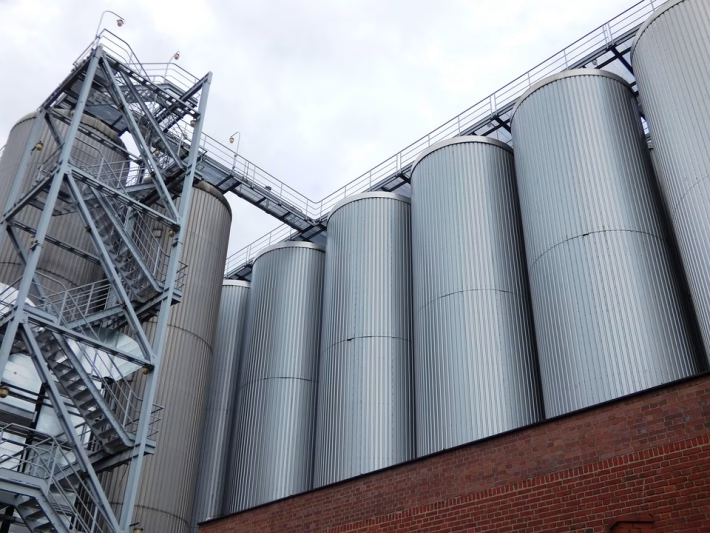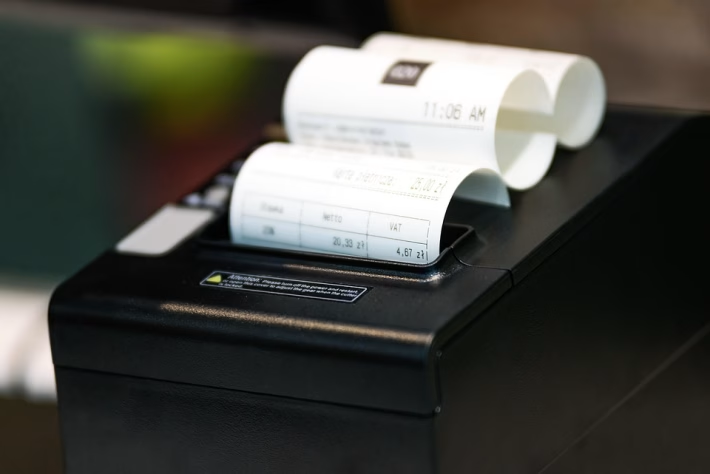Top Tips for Compliance: Mastering the EU VAT Invoice System

Navigating the complexities of the EU VAT invoicing system can be daunting, especially for businesses that operate in multiple European countries. With each EU member state having its own rules and enforcement standards, maintaining compliance is crucial to avoid penalties and ensure smooth operations. Whether you’re a small business owner or part of a larger corporation, mastering the intricacies of VAT invoicing is essential. In this article, we’ll provide you with top tips to ensure compliance and highlight how Ancoia can simplify the process for you.
1. Understand the Basics of VAT
Value Added Tax (VAT) is a consumption tax placed on goods and services at each stage of production or distribution. To ensure proper compliance, familiarize yourself with the VAT rates applicable in the EU countries where you operate. Each member state dictates its rate, exemptions, and compliance requirements.
2. Ensure Your Invoices Are Compliant
A compliant VAT invoice must meet specific criteria stipulated by law. Key components include:
- Your VAT identification number
- The buyer’s VAT identification number (if applicable)
- A unique invoice number
- Invoice date
- Description of goods or services
- The net amount, the applicable VAT rate, and the total amount due
Make sure these elements are routinely checked to avoid future discrepancies.
3. Keep Accurate Records
Maintain meticulous records of all transactions. Invoice documentation should be stored for at least a minimum duration, depending on the country’s laws. Keeping accurate and organized records streamlines the VAT return process and minimizes risks during audits.
4. Understand Cross-Border Transactions
Cross-border transactions can complicate VAT compliance. It’s essential to know where the liability lies for the VAT and how the reverse charge mechanism applies to these transactions. If you’re trading across borders, consider consulting with a VAT specialist to navigate these complexities.
5. Stay Updated with Changes in Regulations
EU VAT regulations are subject to change. Staying informed about new laws, rates, and compliance requirements across the EU is vital. Subscribe to updates from tax authorities or utilize resources to keep your knowledge current.
6. Leverage Technology for Compliance
Adopting the right technology can significantly streamline your VAT compliance processes. Automated software can handle invoicing, track VAT rates, and maintain records — greatly reducing the risk of human error.
The Ancoia Advantage
This is where Ancoia comes in. Ancoia provides a user-friendly platform designed to simplify the management of the EU VAT invoice system. Here are some key benefits of signing up for Ancoia:
- Automated Invoicing: Ancoia automates the invoicing process, ensuring that all required fields are filled out correctly, reducing the risk of non-compliance.
- Real-Time Updates: Stay compliant with real-time updates on changing regulations and VAT rates across the EU.
- Centralized Records: Maintain all transaction records in one place, making audits stress-free and efficient.
- Expert Support: Access to VAT specialists who can provide guidance and answer any queries related to your invoicing system.
Embracing technology is key to mastering VAT compliance, and Ancoia stands out as the perfect partner on this journey.
Conclusion
Navigating the EU VAT invoice system can feel overwhelming, but with the right resources and processes in place, compliance becomes manageable. By implementing these tips and utilizing a platform like Ancoia, you can enhance your efficiency and ensure you’re always ahead of any compliance issues.
Don’t let the complexities of VAT hold your business back. Sign up for Ancoia today and take the first step toward mastering your compliance strategy efficiently. Click here to get started!
🚀 Try Ancoia for FREE today and experience the power of business automation!
🔗 Sign up now and get a 7-day free trial



